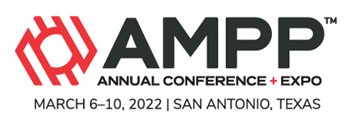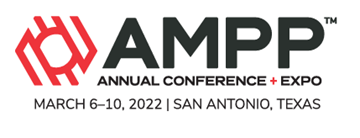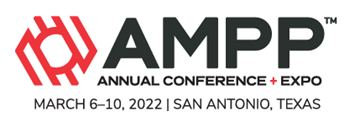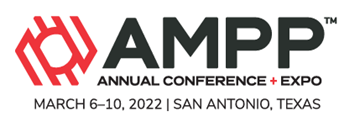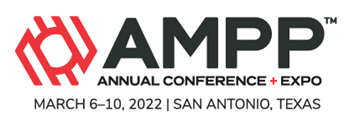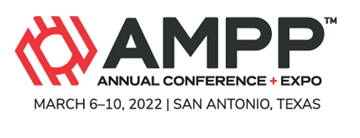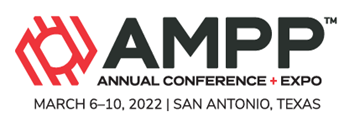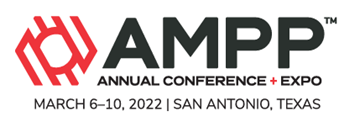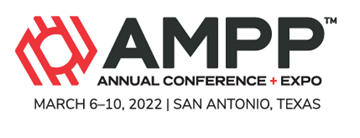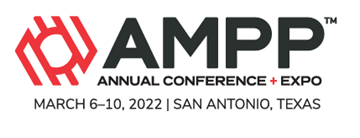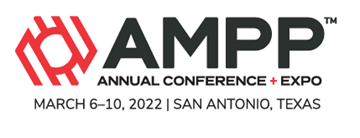Search
Products tagged with '2022 conference papers'
View as
Sort by
Display
per page
Effect Of Temperature On Inhibition Efficiency And Data Analysis With Different Adsorption Isotherms
Product Number:
51322-17895-SG
Publication Date:
2022
$20.00
Effect Of Varying H2S Content On High Temperature Corrosion Of Austenitic Alloys In A Pyrolysis Process Of Post-Consumer Plastics
Product Number:
51322-17552-SG
Publication Date:
2022
$20.00
Effective SCC Inspection Of In-Situ Oil Sands Pipelines Using Advanced Eddy Current Array Technology
Product Number:
51322-17981-SG
Publication Date:
2022
$20.00
Efficacy Of MIL-DTL-5541 Compliant Non-Chromate Conversion Coating Repair Materials
Product Number:
51322-17625-SG
Publication Date:
2022
$20.00
Electrochemical And Morphological Investigation Of Corrosion Behavior Of Carbon Steel In A Supercritical CO2 Environment With Presence Of H2S.
Product Number:
51322-18005-SG
Publication Date:
2022
$20.00
Electrochemical Assessment Of The Influence Of Temperature On The Pitting Corrosion Reistance Of Metallic Materials In Brines
Product Number:
51322-17738-SG
Publication Date:
2022
$20.00
Electrochemical Behavior Of Transmission Pipeline Steels In Supercritical Carbon Dioxide
Product Number:
51322-17592-SG
Publication Date:
2022
$20.00
Electrochemical Corrosion Analysis Of Stainless Steels In LALM Pyrolysis Bio-Oil With Organic Corrodents
Product Number:
51322-17759-SG
Publication Date:
2022
$20.00
Elucidating the Effect of Build Location and Powder Morphology on the Corrosion of Selective Laser Sintered Additively Manufactured 316L Stainless Steel
Product Number:
ED22-17456-SG
Publication Date:
2022
$20.00
Enabling Carbon Steel With A Special scCO2 Corrosion Inhibitor – A Field Study
Product Number:
51322-18205-SG
Publication Date:
2022
$20.00
Enhancing The Reliability Of Ageing Assets In Utility Plants Though The Application Of RTR
Product Number:
51322-17881-SG
Publication Date:
2022
$20.00
Environmental Modification And Atmospheric Corrosion: Clear Water Rinsing, Covering, And Seawater Spray
Product Number:
51322-17990-SG
Publication Date:
2022
$20.00

